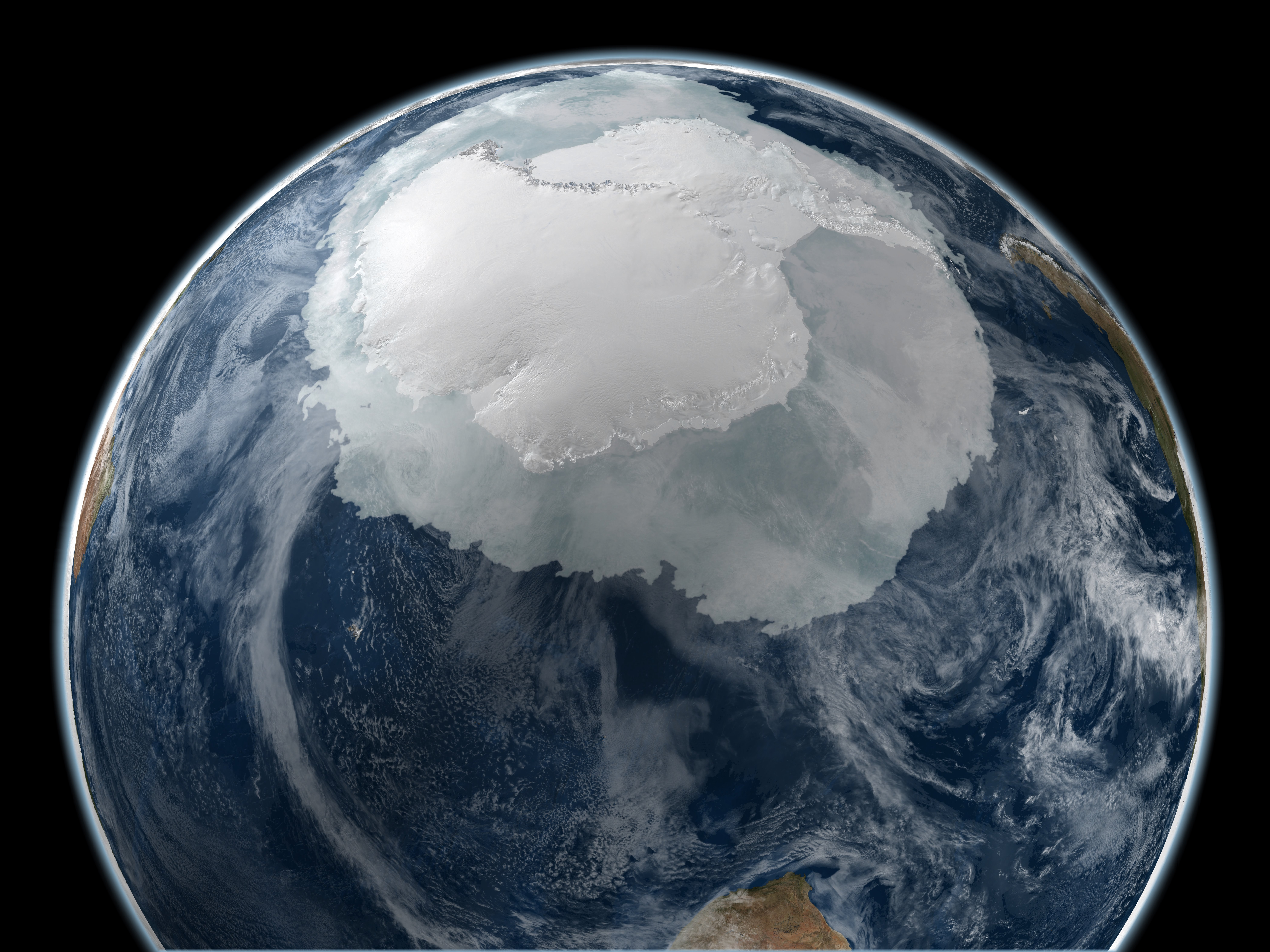|
Polar Ice Pack (other)
{{Disambiguation ...
Polar ice pack may refer to: *Arctic ice pack *Antarctic sea ice *Drift ice Drift ice, also called brash ice, is sea ice that is not attached to the shoreline or any other fixed object (shoals, grounded icebergs, etc.).Leppäranta, M. 2011. The Drift of Sea Ice. Berlin: Springer-Verlag. Unlike fast ice, which is "fasten ... [...More Info...] [...Related Items...] OR: [Wikipedia] [Google] [Baidu] |
Arctic Ice Pack
The Arctic ice pack is the sea ice cover of the Arctic Ocean and its vicinity. The Arctic ice pack undergoes a regular seasonal cycle in which ice melts in spring and summer, reaches a minimum around mid-September, then increases during fall and winter. Summer ice cover in the Arctic is about 50% of winter cover. Some of the ice survives from one year to the next. Currently, 28% of Arctic basin sea ice is multi-year ice, thicker than seasonal ice: up to thick over large areas, with ridges up to thick. The regular seasonal cycle there has been an underlying trend of declining sea ice in the Arctic in recent decades as well. Climatic importance Energy balance effects Sea ice has an important effect on the heat balance of the polar oceans, since it insulates the (relatively) warm ocean from the much colder air above, thus reducing heat loss from the oceans. Sea ice is highly reflective of solar radiation, reflecting about 60% of incoming solar radiation when bare and ... [...More Info...] [...Related Items...] OR: [Wikipedia] [Google] [Baidu] |
Antarctic Sea Ice
Antarctic sea ice is the sea ice of the Southern Ocean. It extends from the far north in the winter and retreats to almost the coastline every summer, getting closer and closer to the coastline every year due to sea ice melting. Sea ice is frozen seawater that is usually less than a few meters thick. This is the opposite of ice shelves, which are formed by glaciers, they float in the sea, and are up to a kilometre thick. There are two subdivisions of sea ice: fast ice, which are attached to land; and ice floes, which are not. Sea ice that comes from the Southern Ocean melts from the bottom instead of the surface like Arctic ice because it is covered in snow on top. As a result, melt ponds are rarely observed. On average, Antarctic sea ice is younger, thinner, warmer, saltier, and more mobile than Arctic sea ice. Sea ice is not studied very well in comparison to Arctic ice since it is less accessible. Measurements of sea ice Extent The Antarctic sea ice cover is highly ... [...More Info...] [...Related Items...] OR: [Wikipedia] [Google] [Baidu] |
